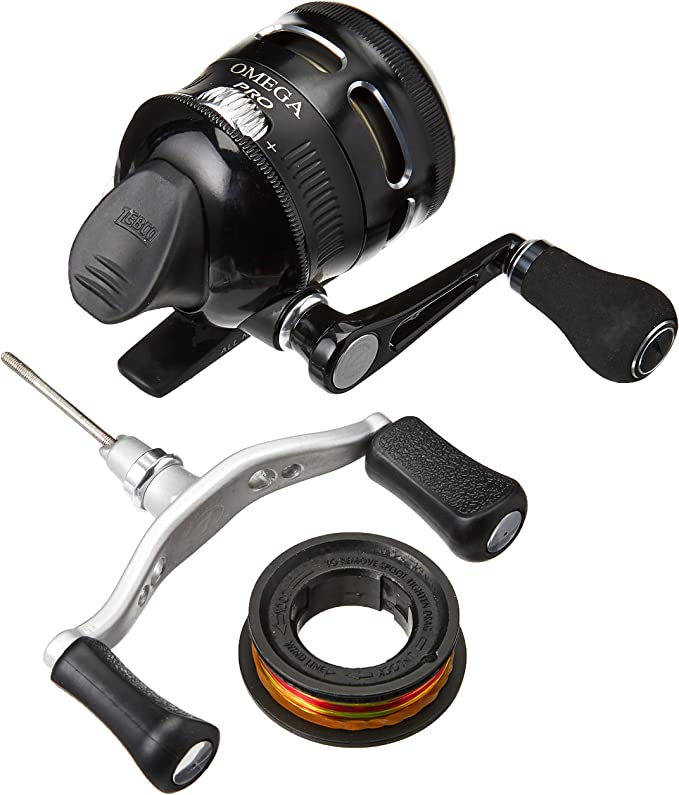The Physics of Ultralight Warmth: Engineering the 0.6mm Titanium Stove
Update on Nov. 18, 2025, 7:25 p.m.
In the pursuit of ultralight backpacking, every gram is a prisoner. The transition from carrying a 25-pound steel stove to a sub-6-pound titanium unit is not just a shedding of weight; it is a transition into a different realm of material physics. Devices like the POMOLY Ti 0.6 are not simply smaller versions of their steel cousins; they are radically different engineering structures operating at the very edge of mechanical stability.
To understand—and correctly use—such a specialized tool, one must look past the “camping gear” label and view it as a thermal reactor built from aerospace-grade foil. The defining specification is right in the name: 0.6mm. This thickness dictates everything from its heat transfer rate to its structural behavior under fire.

The 0.6mm Constraint: Specific Strength vs. Stiffness
Titanium is revered for its Specific Strength (strength-to-weight ratio). It allows engineers to design load-bearing structures that are impossibly light. However, in a wood stove, the primary challenge is not bearing a load; it is maintaining shape under intense thermal gradients.
At 0.6mm thick, the stove walls are essentially membranes. * The Benefit: Immediate heat transfer. Unlike cast iron which acts as a heat sink, 0.6mm titanium offers negligible thermal resistance. The heat of the fire is transmitted to the tent air almost instantly. * The Trade-off: Reduced Flexural Stiffness. Thin plates buckle easily under stress. When a fire burns inside, temperature differentials create massive internal forces. The floor might be 200°C while the roof hits 600°C.
This leads to the most common user complaint: Warping. It is crucial to understand that for a 0.6mm titanium stove, some warping is physically inevitable. It is not a defect; it is the material relieving thermal stress. The engineering challenge—and where designs like POMOLY’s succeed or fail—is in controlling where and how it warps so that the stove remains functional and the door still seals.
[Image of thermal expansion diagram]
Thermal Expansion and the “Memory” of Metal
Titanium has a relatively low Coefficient of Thermal Expansion compared to stainless steel, which is a distinct advantage. It expands less for every degree of temperature rise. However, at 0.6mm, the structural integrity relies heavily on geometry.
- Folding Mechanics: The integrated folding legs and side panels act as stiffening ribs. Just as folding a piece of paper makes it rigid, these bends increase the Moment of Inertia of the panels, resisting the urge to buckle.
- Plastic vs. Elastic Deformation: During the first “burn-in,” the stove undergoes its most significant stress test. Users often report warping immediately. This is often Plastic Deformation—the metal taking a new “set” shape. A well-engineered stove will settle into this shape and remain stable for subsequent burns. A poorly engineered one will twist until it fails.

The Rollable Chimney: A Study in Elastic Potential
Perhaps the most polarizing feature of ultralight stoves is the rollable titanium chimney. To the uninitiated, it is a “nightmare” (as noted in reviews) of sharp edges and frustration. To the engineer, it is a brilliant application of Elastic Potential Energy.
The chimney starts as a flat sheet. When rolled along its width, it is forced into a cylinder, fighting its natural tendency to be flat.
1. Cross-Axis Rigidity: Once secured with rings, the tension of the sheet trying to unroll gives the cylinder immense structural rigidity perpendicular to its length. It becomes a surprisingly strong tube capable of withstanding wind load.
2. The Assembly Curve: The difficulty in assembly comes from the material’s high yield strength. It wants to remain flat. Mastering the “spiral roll” technique is a requisite skill, not a design flaw. It is the price paid for a 9-foot chimney that packs down to the size of a water bottle.

Thermodynamics of the View: Refractory Glass
The inclusion of glass windows in an ultralight stove is often seen as a luxury, but it serves a thermodynamic purpose. * Radiant Heat Flux: Glass is transparent to visible light but also allows specific wavelengths of infrared radiation to pass through directly. This provides “instant heat” to objects (or people) facing the window, distinct from the convective heat rising from the stove body. * Monitoring Combustion: Efficient combustion requires precise air control. The window allows the user to monitor the Secondary Combustion (the burning of smoke gases near the roof of the stove) without opening the door and disrupting the draft.
Conclusion: The Ultralight Contract
Buying a POMOLY Ti 0.6 is entering into a contract with physics. You gain the ability to carry a central heating system on your back. In exchange, you accept that the device will warp, it will change color (patina), and it will demand patience to assemble.
It is not a device for the casual camper who wants the “plug and play” solidity of a cast iron burner. It is a precision instrument for the weight-conscious traveler who understands that in the backcountry, durability is often a function of operator skill as much as material thickness.




















